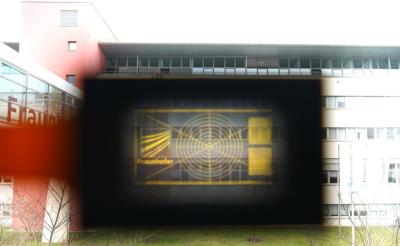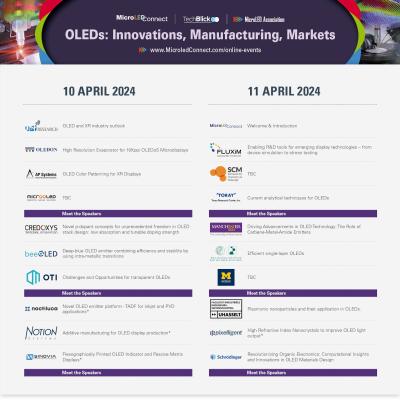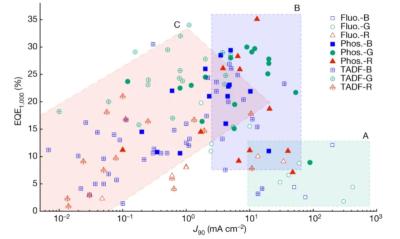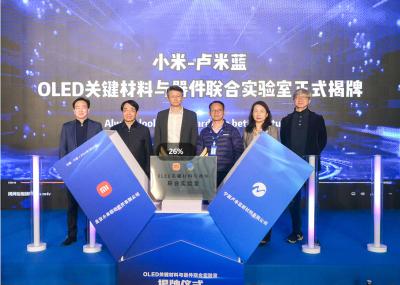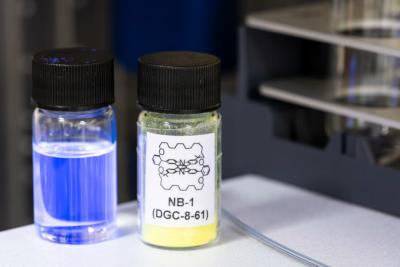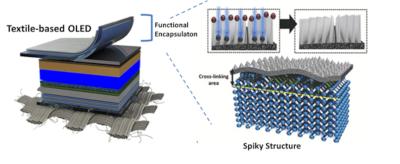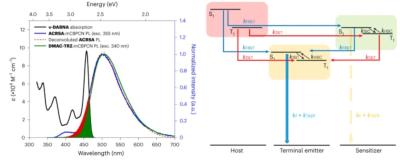Researchers at the Fraunhofer IPMS develop semi-transparent OLED microdisplays
Researchers from the Fraunhofer IPMS have developed a semi-transparent high resolution OLED microdisplay, that is significantly lighter than conventional combiner-based optical see-through near-to-eye systems. The specification of the display was not disclosed, but one can see it's a monochrome yellow panel.
The Fraunhofer researchers developed a new semi-transparent OLED-on-silicon microdisplay technology, which enabled the new display. The technology is based on modern and advanced silicon CMOS processes, applied to silicon-on-insulator (SOI) wafers. The new wafer technology can be used to implement very thin circuitry layers. With the help of a specific IC design and an appropriate transfer-to-glass process flow, the transparent OLEDs were enabled.
